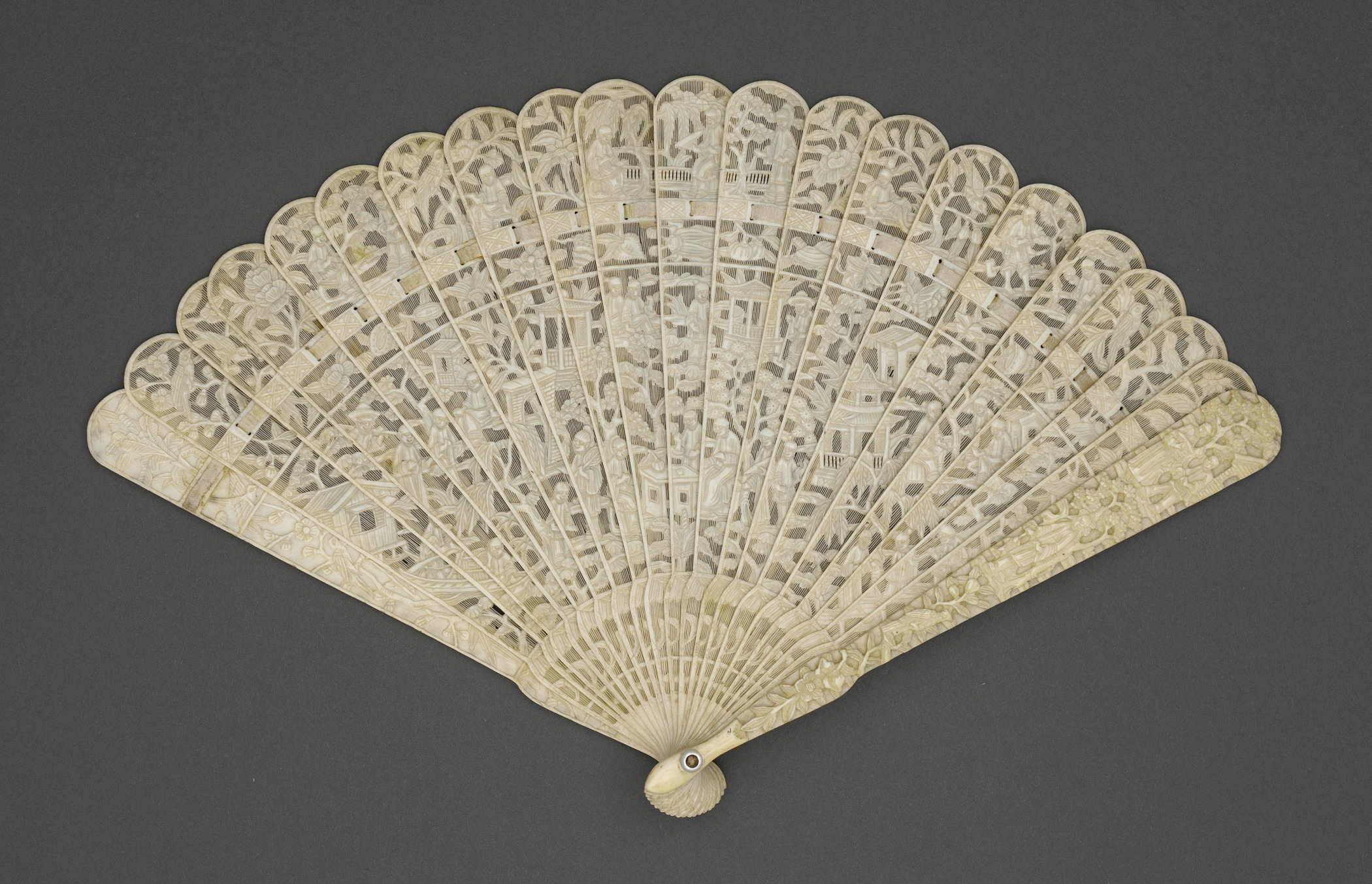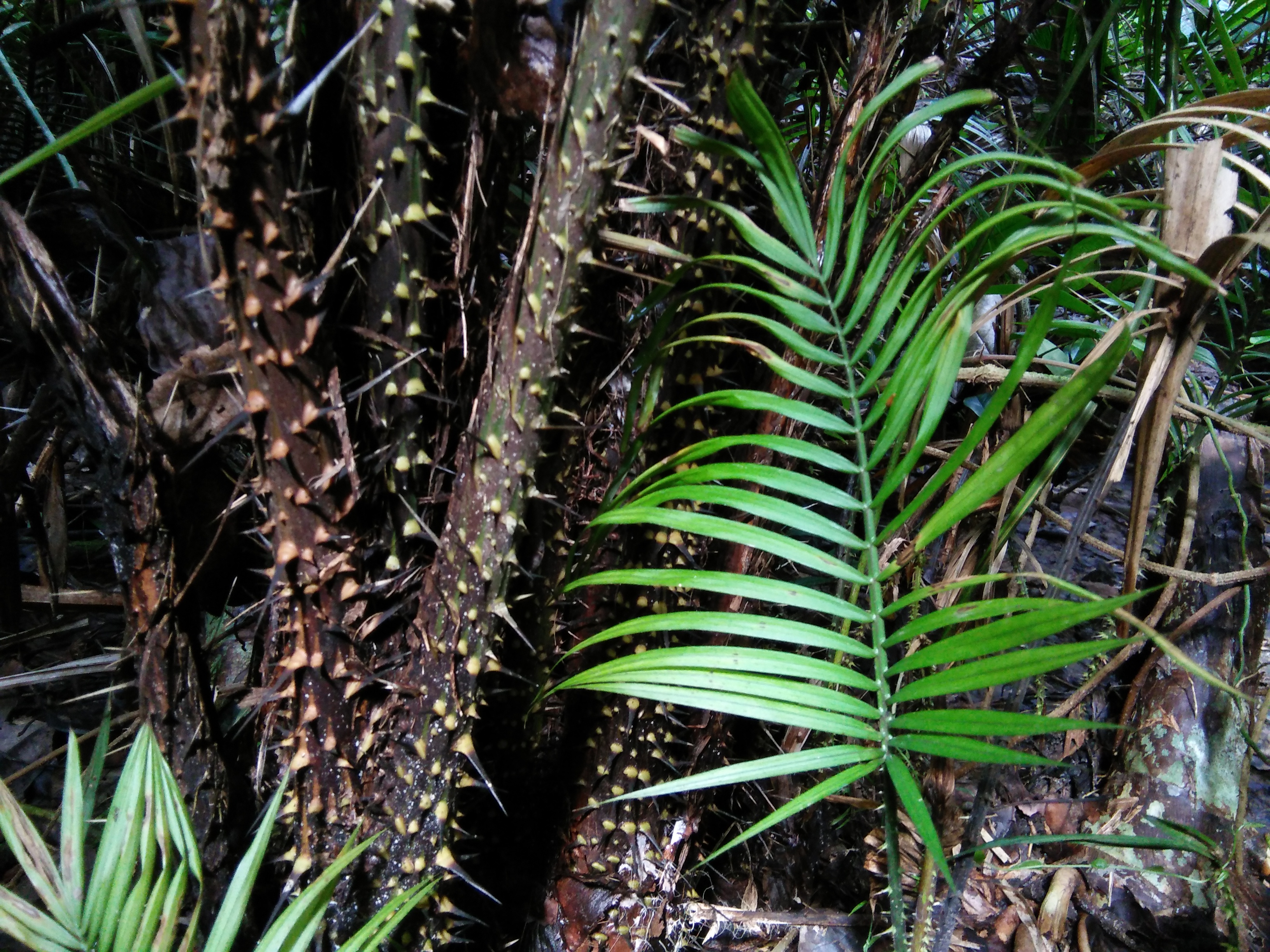|
Abaniko
An abaniko (from the Spanish word '' abanico'', "fan") is a type of hand fan from the Philippines. Description The abaniko is common accessory for the baro't saya, the traditional ladies’ attire. Various ways of using and holding the abaniko may convey different meanings. For example, an open abaniko that covers the chest area is a sign of modesty, while rapid fan movements express the lady's displeasure. Abaniko is sometimes referred to as '' pamaypáy'', though the term actually refers to the non-folding, native hand fan of woven buri or anahaw leaves. In sport ''Abaniko'' is the term for a striking blow in the martial art of Eskrima that resembles a fanning motion. It is executed with a single ''bastón'' (hardwood or rattan Rattan, also spelled ratan (from Malay language, Malay: ''rotan''), is the name for roughly 600 species of Old World climbing palms belonging to subfamily Calamoideae. The greatest diversity of rattan palm species and genera are i ... [...More Info...] [...Related Items...] OR: [Wikipedia] [Google] [Baidu] |
Hand Fan
A handheld fan, or simply hand fan, is a broad, flat surface that is waved back and forth to create an airflow. Generally, purpose-made handheld fans are folding fans, which are shaped like a Circular sector, sector of a circle and made of a thin material (such as paper or feathers) mounted on slats which revolve around a pivot so that it can be closed when not in use. Hand fans were used before Fan (machine), mechanical fans were invented. Fans work by utilizing the concepts of thermodynamics. On human skin, the airflow from hand fans increases the evaporation rate of sweat, lowering body temperature due to the latent heat of the evaporation of water. It also increases heat convection by displacing the warmer air produced by body heat that surrounds the skin, which has an additional cooling effect, provided that the ambient air temperature is lower than the skin temperature, which is typically about . Next to the folding fan, the rigid hand screen fan was also a highly decorat ... [...More Info...] [...Related Items...] OR: [Wikipedia] [Google] [Baidu] |
Pamaypay
''Pamaypay'' (, ), also known as ''paypay'', ''payupas'', buri fan, or anahaw fan, is a type of traditional hand fan, hand-held fan from the Philippines. It is typically made of woven buri palm or anahaw palm leaves. It is usually heart-shaped, and woven in a technique known as ''sawali'' (twilled). The edges are braided and merges into a looped handle. It is also typically made into wall decorations and other handicrafts. The term is also sometimes used for the ''abaniko'', a folding hand fan used by the upper classes in the Spanish colonial period of the Philippines. See also *Abaniko *Apir *Hand fan *Buntal hat *Baro't saya External links * References Philippine clothing Ventilation fans Philippine handicrafts {{Clothing-stub ... [...More Info...] [...Related Items...] OR: [Wikipedia] [Google] [Baidu] |
Apir
Apir, also spelled aper, are traditional folding women's hand-held fans of the Maranao people of the Philippines. They are a part of the traditional dress of Maranao women. Royal ''bai'' (ladies) carry an apir in their right hand during ceremonies. A pair of apir fans are also commonly featured in Maranao traditional dances, including ''singkil'' and '' pagapir''. See also * Abaniko * Pamaypay *Darangen ''Darangen'' is a Maranao people, Maranao epic poem from the Lake Lanao region of Mindanao, Philippines. It consists of 17 cycles with 72,000 lines in iambic tetrameter or catalectic trochaic tetrameter. Each cycle pertains to a different self- ... References External links * Philippine clothing Ventilation fans Philippine handicrafts {{Clothing-stub ... [...More Info...] [...Related Items...] OR: [Wikipedia] [Google] [Baidu] |
Pamaypay
''Pamaypay'' (, ), also known as ''paypay'', ''payupas'', buri fan, or anahaw fan, is a type of traditional hand fan, hand-held fan from the Philippines. It is typically made of woven buri palm or anahaw palm leaves. It is usually heart-shaped, and woven in a technique known as ''sawali'' (twilled). The edges are braided and merges into a looped handle. It is also typically made into wall decorations and other handicrafts. The term is also sometimes used for the ''abaniko'', a folding hand fan used by the upper classes in the Spanish colonial period of the Philippines. See also *Abaniko *Apir *Hand fan *Buntal hat *Baro't saya External links * References Philippine clothing Ventilation fans Philippine handicrafts {{Clothing-stub ... [...More Info...] [...Related Items...] OR: [Wikipedia] [Google] [Baidu] |
Abanico
Abanico may refer to: *''Abanico'', the Spanish word for hand fan *'' Abanico (music)'', a drum roll and rimshot played on timbales to introduce a new section *'' Abanico ibérico'', a Spanish cut of pork * A striking move in escrima Arnis, also known as kali or eskrima/escrima, is the national martial art of the Philippines. These three terms are, sometimes, interchangeable in referring to traditional martial arts of the Philippines (" Filipino Martial Arts", or FMA), wh ... fighting See also * Abaniko, a Filipino hand fan {{Disamb ... [...More Info...] [...Related Items...] OR: [Wikipedia] [Google] [Baidu] |
Eskrima
Arnis, also known as kali or eskrima/escrima, is the national martial art of the Philippines. These three terms are, sometimes, interchangeable in referring to traditional martial arts of the Philippines ("Filipino Martial Arts", or FMA), which emphasize martial arts weapons, weapon-based fighting with stick fighting, sticks, knife fighting, knives, bladed weapons, and various improvised weapons, as well as "open hand" techniques without weapons. There were campaigns for arnis along with other Philippine martial arts to be nominated in the UNESCO Intangible Cultural Heritage Lists; and as of 2018, UNESCO has inscribed nine martial-arts-related intangible heritages. Name Arnis comes from ''arnés'', the Old Spanish for "armour" (''harness'' is an archaic English term from same root). It is said to derive from the armour costumes used in traditional ''Moros y Cristianos, Moro-moro'' stage plays, where actors fought mock battles with wooden swords. ''Arnes'' is also an archaic S ... [...More Info...] [...Related Items...] OR: [Wikipedia] [Google] [Baidu] |
Philippine Clothing
The Philippines, officially the Republic of the Philippines, is an archipelagic country in Southeast Asia. Located in the western Pacific Ocean, it consists of 7,641 islands, with a total area of roughly 300,000 square kilometers, which are broadly categorized in three main geographical divisions from north to south: Luzon, Visayas, and Mindanao. With a population of over 110 million, it is the world's twelfth-most-populous country. The Philippines is bounded by the South China Sea to the west, the Philippine Sea to the east, and the Celebes Sea to the south. It shares maritime borders with Taiwan to the north, Japan to the northeast, Palau to the east and southeast, Indonesia to the south, Malaysia to the southwest, Vietnam to the west, and China to the northwest. It has diverse ethnicities and a rich culture. Manila is the country's capital, and its most populated city is Quezon City. Both are within Metro Manila. Negritos, the archipelago's earliest inhabitants, w ... [...More Info...] [...Related Items...] OR: [Wikipedia] [Google] [Baidu] |
Rattan
Rattan, also spelled ratan (from Malay language, Malay: ''rotan''), is the name for roughly 600 species of Old World climbing palms belonging to subfamily Calamoideae. The greatest diversity of rattan palm species and genera are in the closed-Canopy (biology), canopy Old-growth forest, old-growth tropical forests of Southeast Asia, though they can also be found in other parts of tropical Asia and Africa. Most rattan palms are ecologically considered lianas due to their climbing habits, unlike other palm species. A few species also have tree-like or shrub-like habits. Around 20% of rattan palm species are economically important and are traditionally used in Southeast Asia in producing wickerwork furniture, baskets, Walking stick, canes, woven mats, Rope, cordage, and other handicrafts. Rattan canes are one of the world's most valuable non-timber forest products. Some species of rattan also have edible scaly fruit and heart of palm. Despite increasing attempts in the last 30 y ... [...More Info...] [...Related Items...] OR: [Wikipedia] [Google] [Baidu] |
Buri Palm
''Corypha'' or the gebang palm, buri palm or talipot palm is a genus of palms (family Arecaceae), native to India, Malaysia, Indonesia, the Philippines, New Guinea and northeastern Australia (Cape York Peninsula, Queensland). They are fan palms (subfamily Coryphoideae), and the leaves have a long petiole terminating in a rounded fan of numerous leaflets. All are large palms with leaves ranging from 2–5 metres in length. They reach heights of 20–40 m and with a trunk diameter of up to 1-2.5 m. All the species are monocarpic and die after flowering. The genus is relatively slow growing and can take many years to form a trunk. Species include: Gallery File:Buntaljfa.JPG, A traditional Filipino buntal hat made from buri palm Corypha (gebang palm, buri palm or talipot palm, genus of palms (fanily Arecaceae) Fruiting_buri_plant.jpg, Buri palm with fruits Uses In the Philippines, buri trees, like the sago palm, are used as sources of starch made into starch balls called ... [...More Info...] [...Related Items...] OR: [Wikipedia] [Google] [Baidu] |
Martial Art
Martial arts are codified systems and traditions of combat practiced for a number of reasons such as self-defence; military and law enforcement applications; competition; physical, mental, and spiritual development; entertainment; and the preservation of a nation's intangible cultural heritage. The concept of martial arts was originally associated with East Asian tradition, but subsequently the term has been applied to practices that originated outside that region. Etymology "Martial arts" is a direct English translation of the Sino-Japanese word (, ). Literally, it refers to "武 martial" and "芸 arts". The term ''martial arts'' was popularized by mainstream popular culture during the 1960s to 1970s, notably by Hong Kong martial arts films (most famously those of Bruce Lee) during the so-called " chopsocky" wave of the early 1970s. According to John Clements, the term ''martial arts'' itself is derived from an older Latin term meaning "arts of Mars", the Roman god of w ... [...More Info...] [...Related Items...] OR: [Wikipedia] [Google] [Baidu] |
Anahaw
''Saribus rotundifolius'', also known as the footstool palm, is a common fan palm found in Southeast Asia. It is a member of the genus '' Saribus''. Common names It is called ''anáhaw'' or ''luyong'' in Filipino. In Malay the palm is known as ''serdang daun bulat''. Taxonomy ''Saribus rotundifolius'' was first described as ''Corypha rotundifolia'' by the French Jean-Baptiste Lamarck in 1786. It was moved to the '' Saribus'' genus by the German-Dutch botanist Carl Ludwig Blume in a publication issued in 1838 or 1839. This move was generally not accepted by others in the field. In 2011, after DNA research, the reclassification from the ''Livistona'' genus to the resurrected genus ''Saribus'' was official. The generic epithet ''Saribus'' comes from a local name in one of the Maluku languages, as recorded by the Dutch, ''sariboe''. The specific epithet means 'round-leaved' in Latin. Description ''Saribus rotundifolius'' is a hermaphrodite fan palm. The palm is evergreen, erect, ... [...More Info...] [...Related Items...] OR: [Wikipedia] [Google] [Baidu] |





